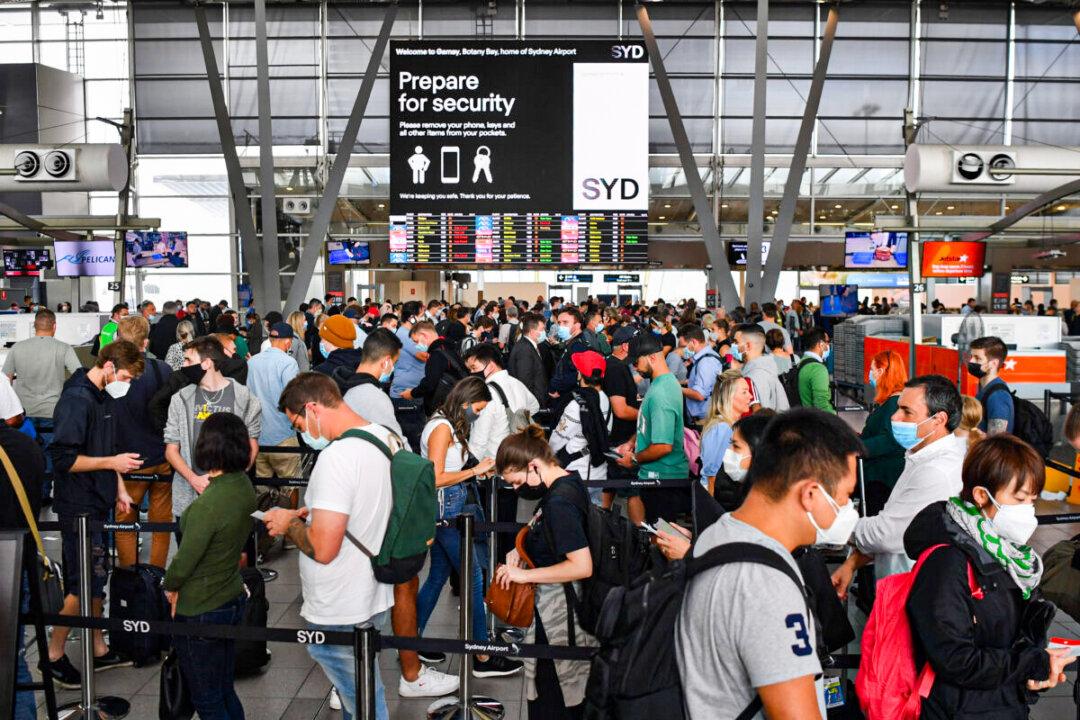Analysis
A bidding war is sounding out in the offices of politicians across the nation, but it’s not the highest bidder who seems most likely to take the prize of public approval.

A bidding war is sounding out in the offices of politicians across the nation, but it’s not the highest bidder who seems most likely to take the prize of public approval.